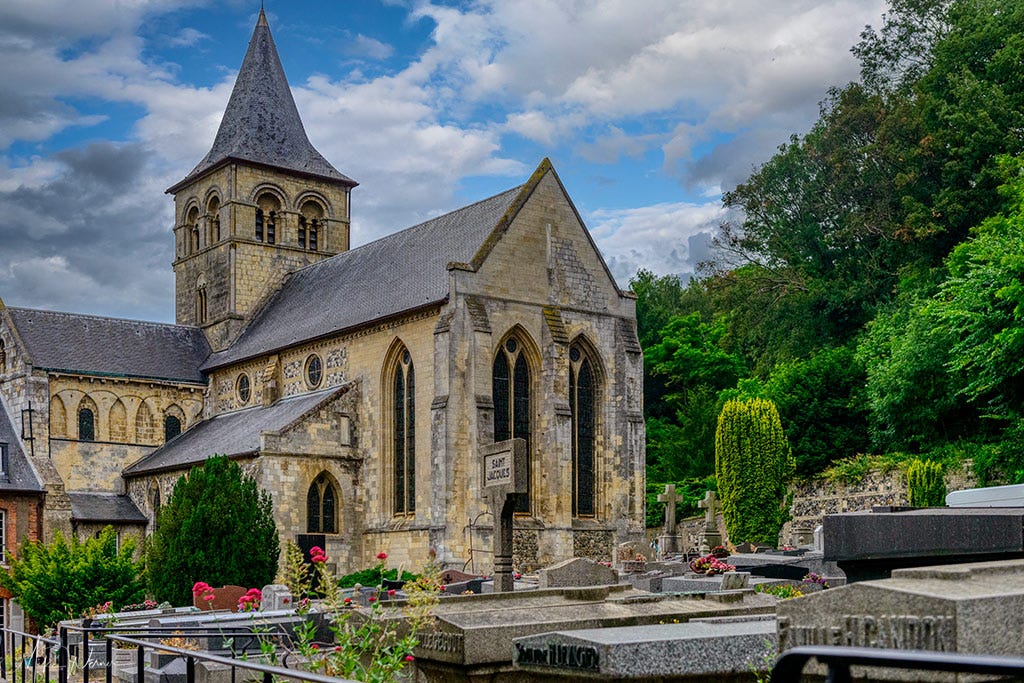The Abbaye de Graville, also known as the Abbey of Sainte-Honorine, is a former Benedictine abbey in the commune of Le Havre in Normandy, France. It is one of the oldest monuments in Le Havre and is a popular tourist destination.
The abbey was founded in the 11th century on the site of a former hermitage. It was originally dedicated to Saint Honorine, a 7th-century saint who was said to have been born in Graville. The abbey was expanded in the 12th and 13th centuries and became a major pilgrimage site.
The abbey was dissolved during the French Revolution in 1790. The buildings were sold off and used for a variety of purposes, including a hospital, a prison, and a military barracks. In the 19th century, the abbey was restored and opened to the public as a museum.
The Abbaye de Graville is a beautiful example of Norman architecture.
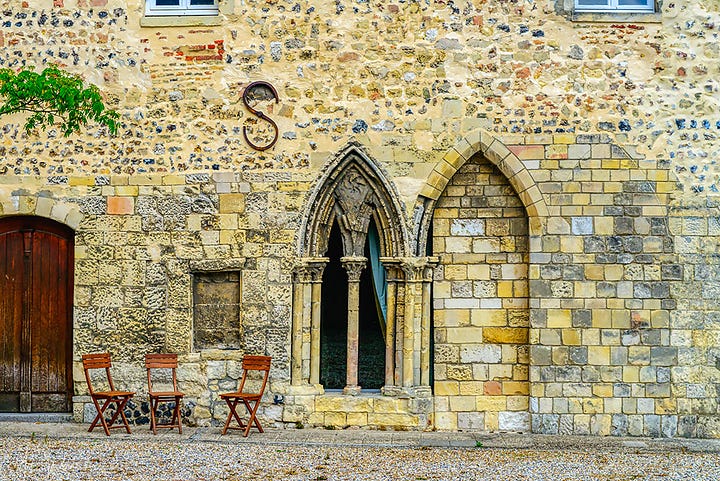
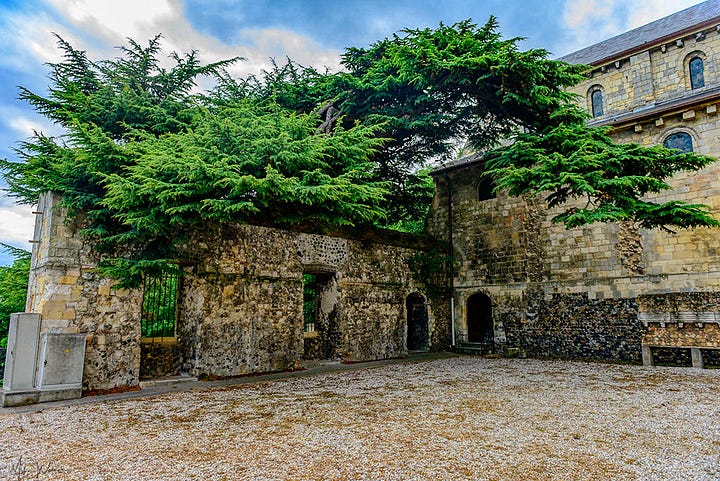
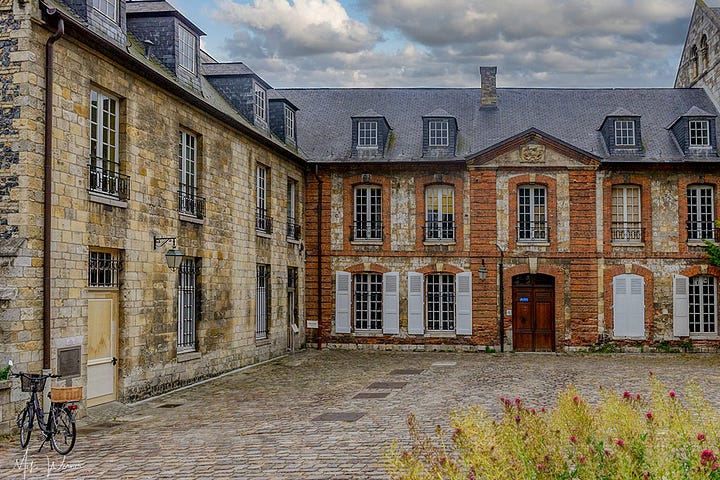

Inside the abbey, you'll find the church of Sainte Honorine, built in Romanesque and Gothic styles. The church's interior houses a rich collection of medieval religious artifacts, including remarkable statuary.
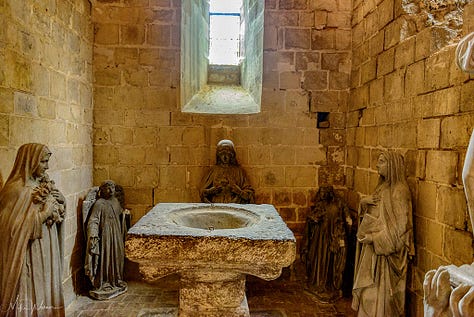
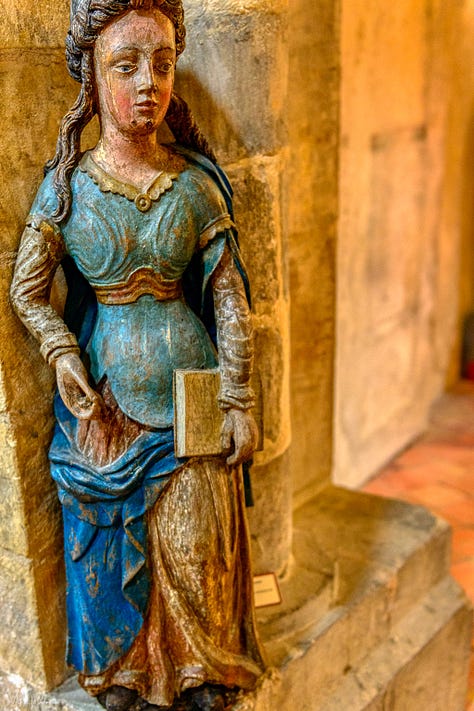

The abbey church is a mix of Romanesque. The church is notable for its large rose window and its choir, which is decorated with 13th-century stained glass windows.
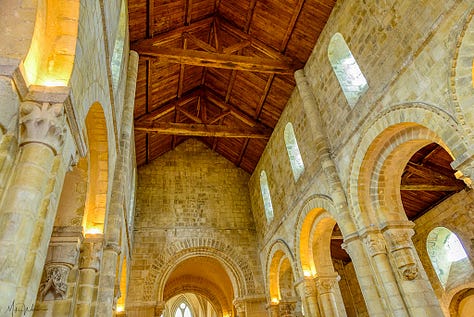



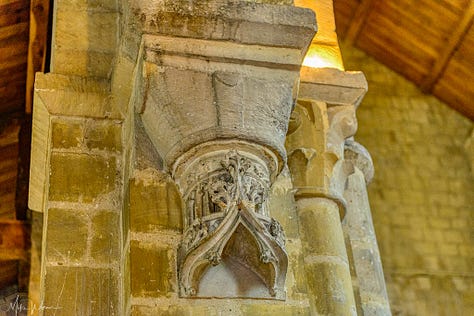

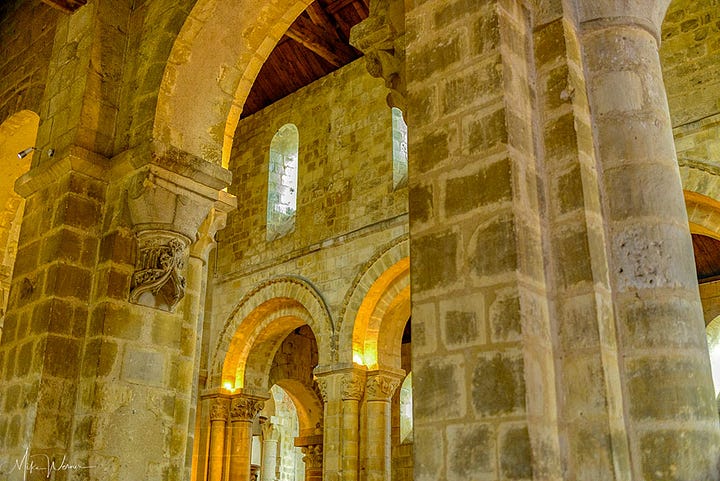
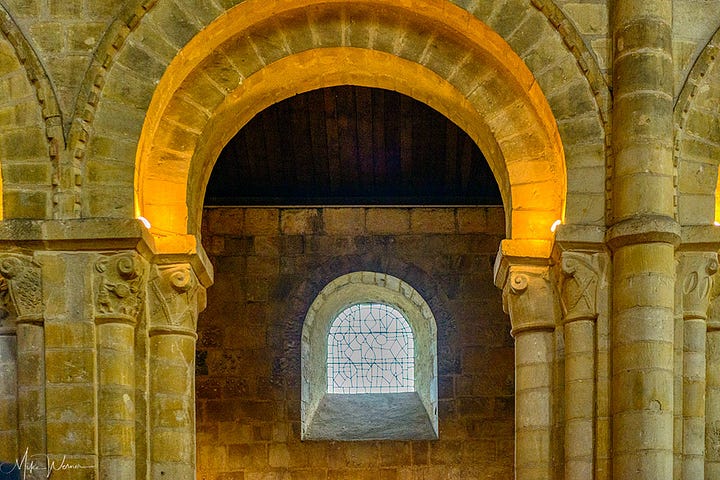
The abbey also contains a number of other buildings, including a cloister, a chapter house, and a refectory. The abbey grounds are home to a cemetery, a garden, and a museum.

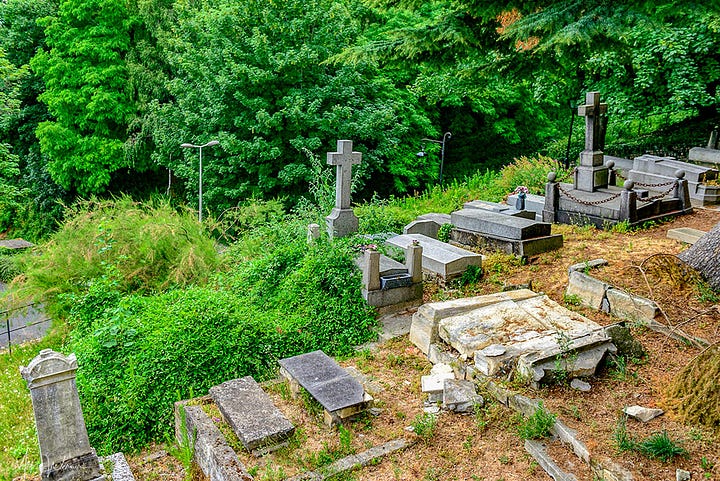

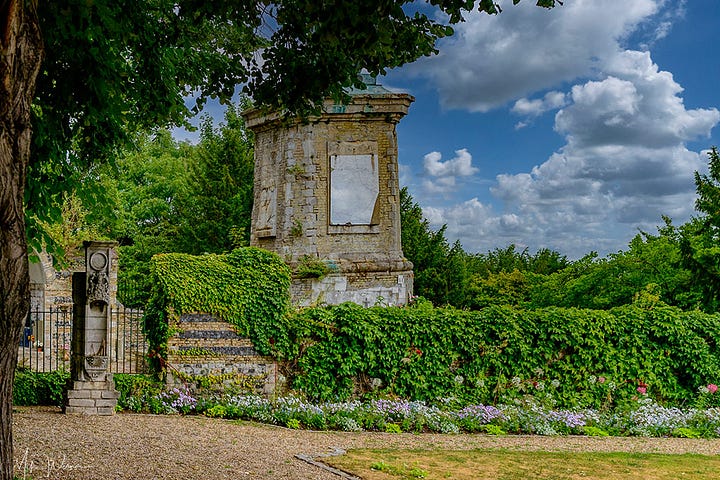
The Abbaye de Graville is a popular tourist destination. Visitors can explore the abbey buildings, visit the museum, and enjoy the beautiful views of the surrounding area. The abbey is also a popular spot for weddings and other events.


Here are some additional facts about the Abbaye de Graville:
The abbey is located in the Graville-Sainte-Honorine district of Le Havre.
The abbey church is dedicated to Saint Honorine, a 7th-century saint who was said to have been born in Graville.
The abbey was founded in the 11th century and was dissolved during the French Revolution in 1790.
The abbey buildings were restored in the 19th century and opened to the public as a museum.
The abbey is a popular tourist destination and is a UNESCO World Heritage Site.
Click here to access the Tourist Office description and information about the Abbey.




